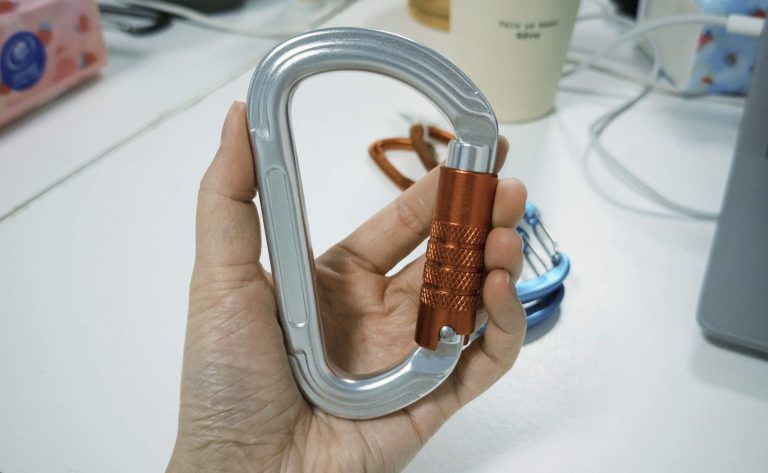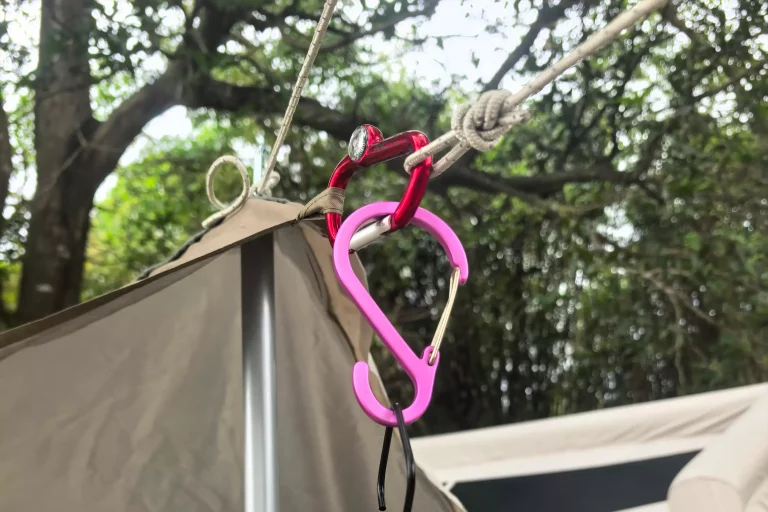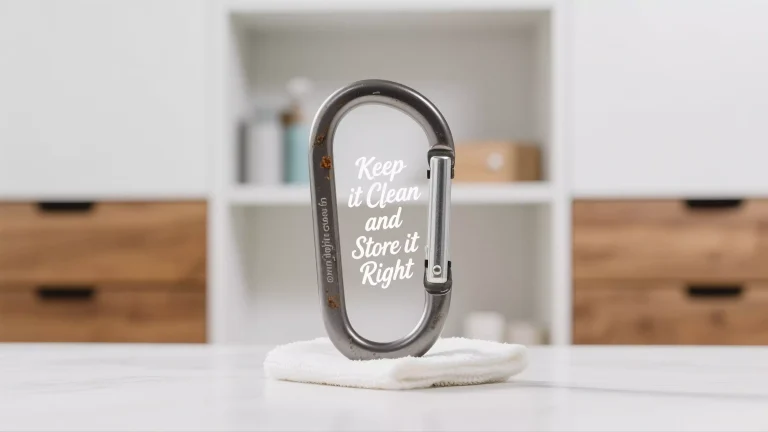How can apparel brands choose clothing accessories that attract young consumers?
Recently, in conversations with several apparel buyers, they shared a common sentiment: young people’s expectations for clothing go beyond just “looking good,” they demand “attitude, style, and novelty.”
An ordinary sweatshirt, hoodie, or backpack can have a completely different appeal with the addition of a small, distinctive embellishment.
This is why more and more trendy brands are focusing on a seemingly insignificant yet highly expressive accessory—the carabiner.
A way to showcase brand culture and youthful self-expression.
Why would young people buy “a carabiner”?
Contemporary consumers are discerning and emotional. Young people are willing to pay for carabiners not so much because they can hang things, but because they represent an attitude:
Cool and individualistic: The metallic material and strong structural feel convey a sense of “gear” and “functional style DNA.”
Fun and participatory: Young people enjoy styling, rearranging, and DIY.
Expressing identity or values: The material, color, and craftsmanship can all convey brand values.
What they like are details that “others might not understand at first glance, but those who do will say, ‘Oh, you’re very knowledgeable.'”
When choosing carabiners as accessories, what aspects should clothing brands consider?
Instead of just randomly picking any hardware item, brands that truly want to attract young people will start with design language and product experience.
The following ideas are closer to the needs of trendy brands, designer brands, functional brands, and athleisure brands:
1) Style consistency: Carabiners should integrate into the brand’s tone, not be used to follow trends.
Carabiners are not decorations, but “visual symbols.”
If a brand leans towards a streetwear/cool vibe, choose matte black, gunmetal gray, or military green aluminum alloy; for a more energetic outdoor or sustainable lifestyle, opt for fresh, bright colors or designs incorporating recycled materials.
Young people understand design logic better than you might think.
Using the right materials and colors makes them feel, “This is a brand that truly understands, not just forcing it.”
2) Making carabiners a “play tool” is more important than making them merely “decorations.”
Young people like “accessories they can participate in.”
Being detachable, hanging, interchangeable, and versatile is a reason to buy.
Common creative approaches used by apparel brands include:
Making carabiners with hooded drawstring designs—details are highlights;
Limited-edition colors, IP collaborations, commemorative themes—turning carabiners into collectible items.
Once accessories become “collectible and scarce,” young people will show their support.
The cost of carabiner accessories isn’t just the hardware cost, but also the “brand symbol value.”
Accessories that attract young people aren’t necessarily the most expensive; they’re about offering something that resonates with them, is aesthetically pleasing, fun, and meaningful.
Carabiners are suitable for apparel brands because they possess three unique advantages: small size yet high recognizability; controllable cost yet striking visual impact; and ease of launching themed designs and limited-edition colors, possessing “secondary dissemination capabilities.”
A well-designed carabiner can often bring value to clothing far exceeding its unit price.
If you are preparing a new collection, here’s some advice:
In our collaborations with global apparel clients, we’ve found that: the accessories that truly sell well aren’t the complex ones, but rather those that young people are willing to attach to their bags, carry around, and take photos of for social media.
As long as they feel, “I want to take it with me,” conversions will naturally occur.







